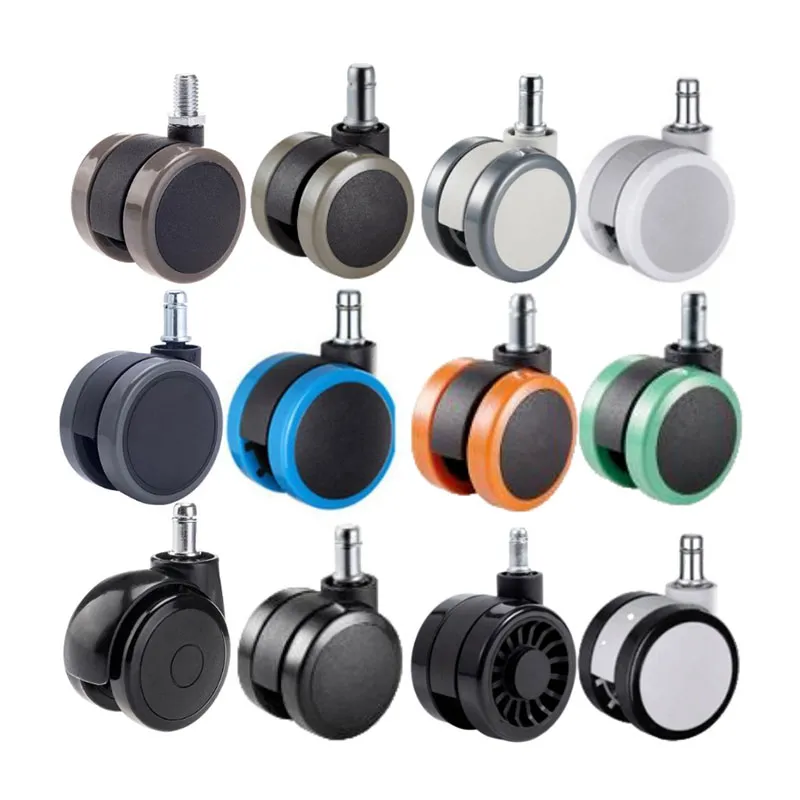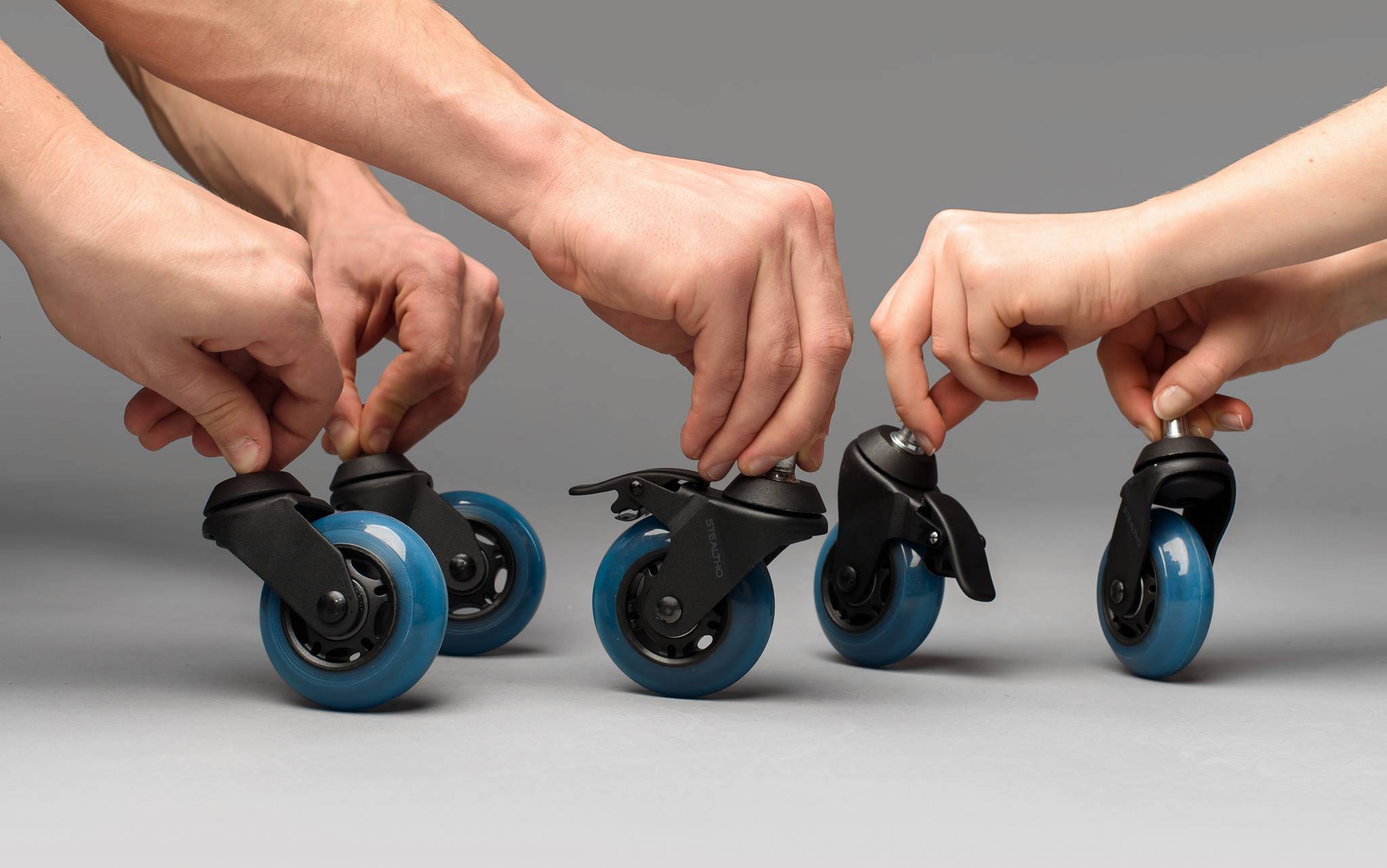When it comes to selecting the right caster wheels for your specific needs, understanding the differences between polyurethane and rubber caster wheels is crucial. Both materials offer unique properties that make them suitable for different applications. In this guide, we will delve into the key characteristics of polyurethane and rubber caster wheels, helping you make an informed decision.

rubber vs polyurethane casters
Polyurethane vs. Rubber Casters: Making the Right Choice
When investigating brands or services for casters, understanding the differences between polyurethane and rubber casters is key. Polyurethane casters offer higher load capacity and durability, with lower rolling resistance, making them ideal for heavy-duty and industrial use. However, they are more expensive. Rubber casters, on the other hand, are flexible, provide better shock absorption and traction on uneven surfaces, and are more cost-effective, though less durable. Choose polyurethane for high load-bearing needs, and rubber for cost-sensitive, indoor applications.
Material Characteristics
Polyurethane Caster Wheels
Polyurethane caster wheels are made from a synthetic material known for its durability and resilience. They typically have a hardness level between 83-95 Shore A, which makes them highly resistant to wear and deformation. This material is also known for its high load capacity and ability to maintain performance in various environmental conditions, including high and low temperatures.
Rubber Caster Wheels
Rubber caster wheels, on the other hand, are made from natural or synthetic rubber. They generally have a lower hardness level, ranging from 67-75 Shore A, which provides better cushioning and shock absorption. Rubber wheels are softer and more flexible, making them suitable for applications where comfort and floor protection are priorities.

polyurethane casters
Performance Comparison
Roll Resistance
Polyurethane caster wheels generally have lower roll resistance compared to rubber caster wheels. This means they require less effort to move and can reduce operator fatigue, especially in applications involving frequent movement. The synthetic nature of polyurethane provides a more consistent rolling friction, making it easier to maneuver equipment.
Resilience & Cushioning
Rubber caster wheels excel in cushioning and resilience, providing a smoother ride over rough terrain. Their softer material absorbs bumps and obstacles more effectively, resulting in better shock absorption. However, this increased cushioning comes at the cost of higher roll resistance.
Load Capacity – polyurethane casters vs rubber
Polyurethane caster wheels typically have a higher load capacity than rubber caster wheels. This is due to their higher hardness and ability to withstand greater stress without deformation. Polyurethane wheels can support heavier loads and are less likely to experience tearing or cutting.
Wear & Abrasion Resistance
Polyurethane caster wheels generally offer superior wear and abrasion resistance. The high concentration of pure polyurethane in the material makes it more durable and longer-lasting compared to rubber caster wheels. Under controlled tests, polyurethane wheels can have a service life 2-3 times longer than rubber wheels.
Cutting & Chunking Resistance
Polyurethane caster wheels are more resistant to cutting and chunking. While both materials can experience cuts and chunks under excessive force, polyurethane wheels are less likely to propagate these cuts over time, providing a longer service life.
Floor Protection & Marking
Rubber caster wheels, especially those made with carbon black filler, can mark floors, particularly on wooden and tiled surfaces. However, non-marking rubber wheels are available and provide good floor protection. Polyurethane wheels, on the other hand, generally do not mark floors and offer excellent protection against floor damage.
Application Suitability
Polyurethane Caster Wheels
Polyurethane caster wheels are ideal for indoor applications on smooth floors, such as in warehouses, hospitals, and offices. They are also suitable for environments where high load capacity and durability are required. Polyurethane wheels are commonly used in industrial settings where long service life and low maintenance are priorities.
Rubber Caster Wheels
Rubber caster wheels are better suited for outdoor use or on rough surfaces where cushioning and traction are important. They are also preferred in applications where floor protection is crucial, such as in furniture handling or in environments with delicate flooring.
Conclusion
In conclusion, the choice between polyurethane and rubber caster wheels depends on your specific application needs. Polyurethane wheels offer higher load capacity, lower roll resistance, and superior wear resistance, making them ideal for industrial and indoor use. Rubber wheels, with their better cushioning and floor protection, are more suitable for outdoor applications and environments where comfort and floor protection are priorities. By considering these factors, you can select the right caster wheels to enhance your workspace efficiency and comfort.





